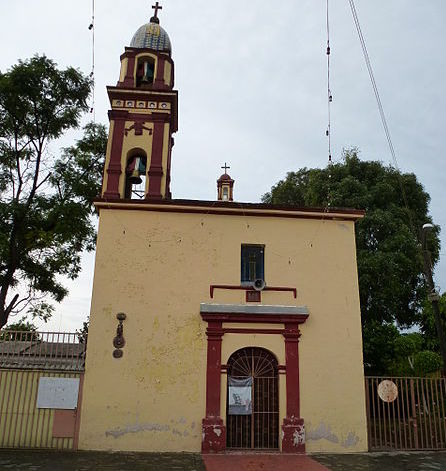
Barrio San Marcos Tlaltepetlalpan is one of the original neighborhoods least likely to be visited by international visitors. The best way to reach the neighborhood is from the penultimate light-rail stop, the Francisco Goitia Station. The station is named for the painter, and the most famous former resident of the neighborhood. Goitia died in 1960. Most travelers will get off at the Xochimilco terminal in the San Pedro neighborhood. Nevertheless, there’s a lot to see.
The Nahuatl name, Tlaltepetlalpan, means “on the land near the hills.” Indeed, it’s the furthest west of the ancient barrios originarios. Ancient Lake Xochimilco opened up to the east of here. But San Marcos Tlaltepetlalpan is also the neighborhood just to the south of the Avenida Guadalupe I. Ramirez. This is where dozens of daily tour buses will introduce passengers to the Fernando Celada boat launch. San Marcos begins across the street with the famous Fountain of the Siren.
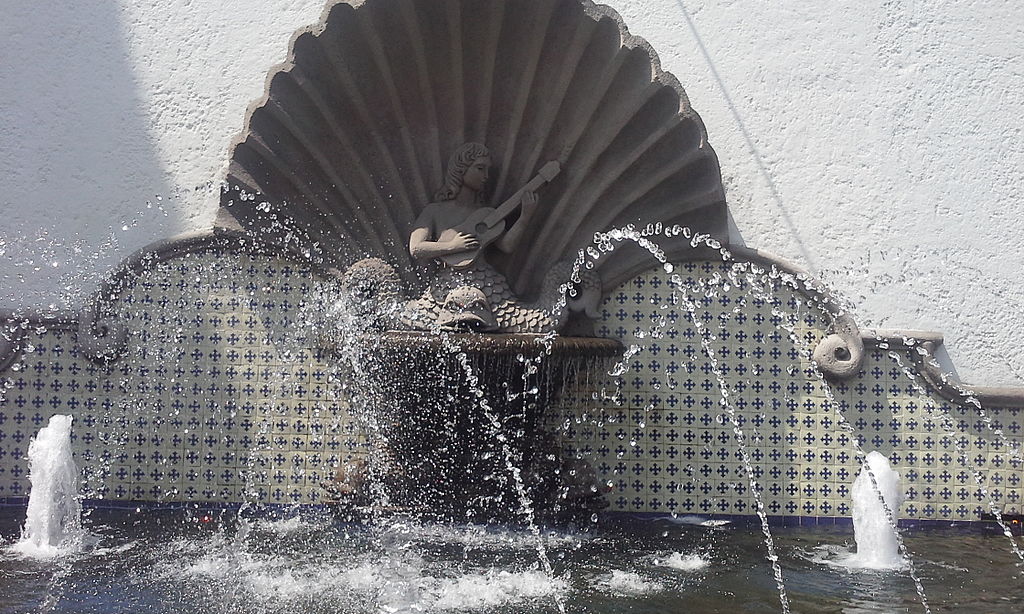
The fountain dates from the Porfiriato period. (That’s the end of the 19th century.) Plaques on either side are in Spanish and in Nahuatl and dedicated to the people and land of Xochimilco. The mermaid figure recalls the legendary Tlanchana figure, half woman and half water snake. She probably originated in the Metepec-Lerma river basin of present-day Mexico State. Similar figures plays instruments over fountains the Casa del Risco and in the Museum of the Ciudad de Mexico. Homes dependent on fishing and aquatic trades in ancient times always displayed the Tlanchana figure, traditionally in clay, as a deity of prosperity.
The 2017 earthquakes resulted in severe damage to the San Marcos Chapel. The entire bell tower, (pictured above), collapsed. Entirely rebuilt in 1775 and renovated in 1974, plans call for the church’s restoration in the coming years. The church’s single nave supported a tower with four bells, currently awaiting restoration. Likewise, some of the art from inside the church is being restored. Most notably, a sculpture of a lion, associated with Saint Mark is currently in the shop.
Nevertheless, the neighborhood is well worth a stroll beyond the boat launches or the light rail. The crooked streets follow their own organic plan. This was well before our own age of city planning and urbanism. Rather famously, a 1936 hygiene program recognized the Barrio San Marcos as the cleanest in Xochimilco.
 +52 (55) 5676 8879
+52 (55) 5676 8879
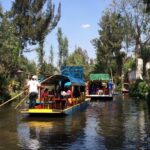
Nearest at 0.31 kms.

Nearest at 0.32 kms.
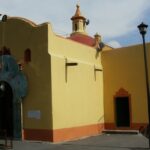
Nearest at 0.39 kms.
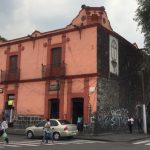
One of the oldest houses in Mexico City, and a unique take on Xochimilco...

The quickest easiest way to the canals of Xochimilco...
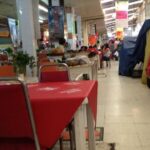
A teeming hive of commerce, culture, and food, it's a spectacular place for lunch and more.
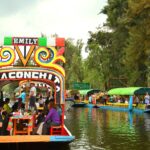
The Cuemanco Boat Launch at Xochimilco Lake is one of the biggest and most publicly accessible trajinera launches in Xochimilco.

One of the closest "ecological" boat launches in Xochimilco, you'll set off for the deepest and most verdant canals.